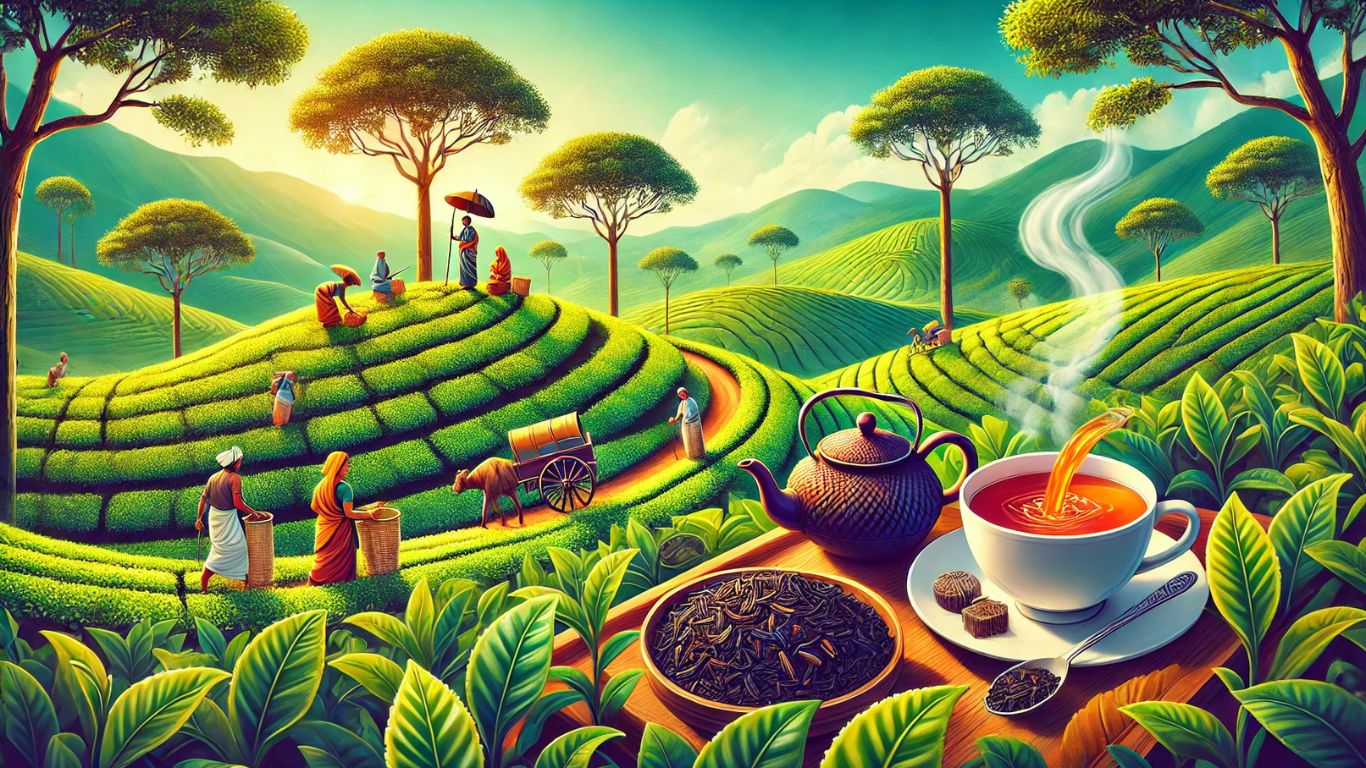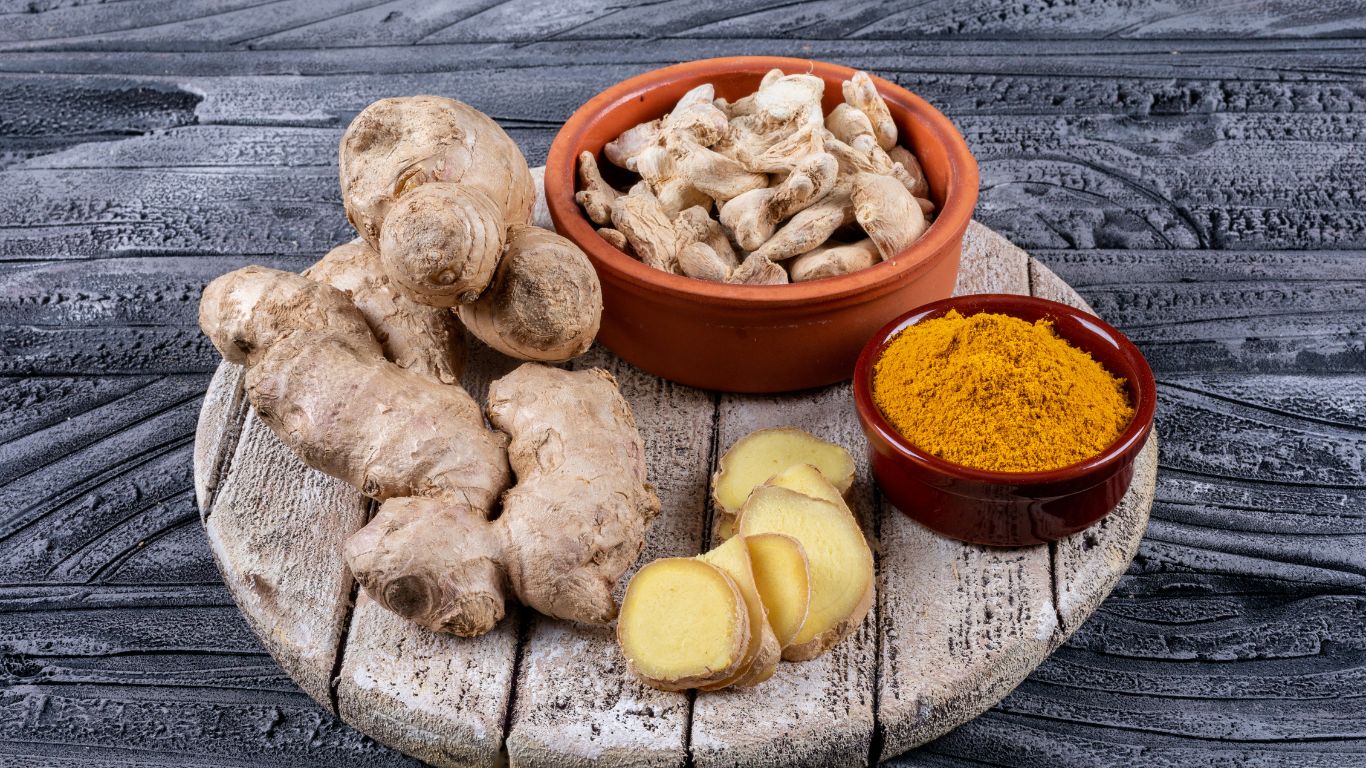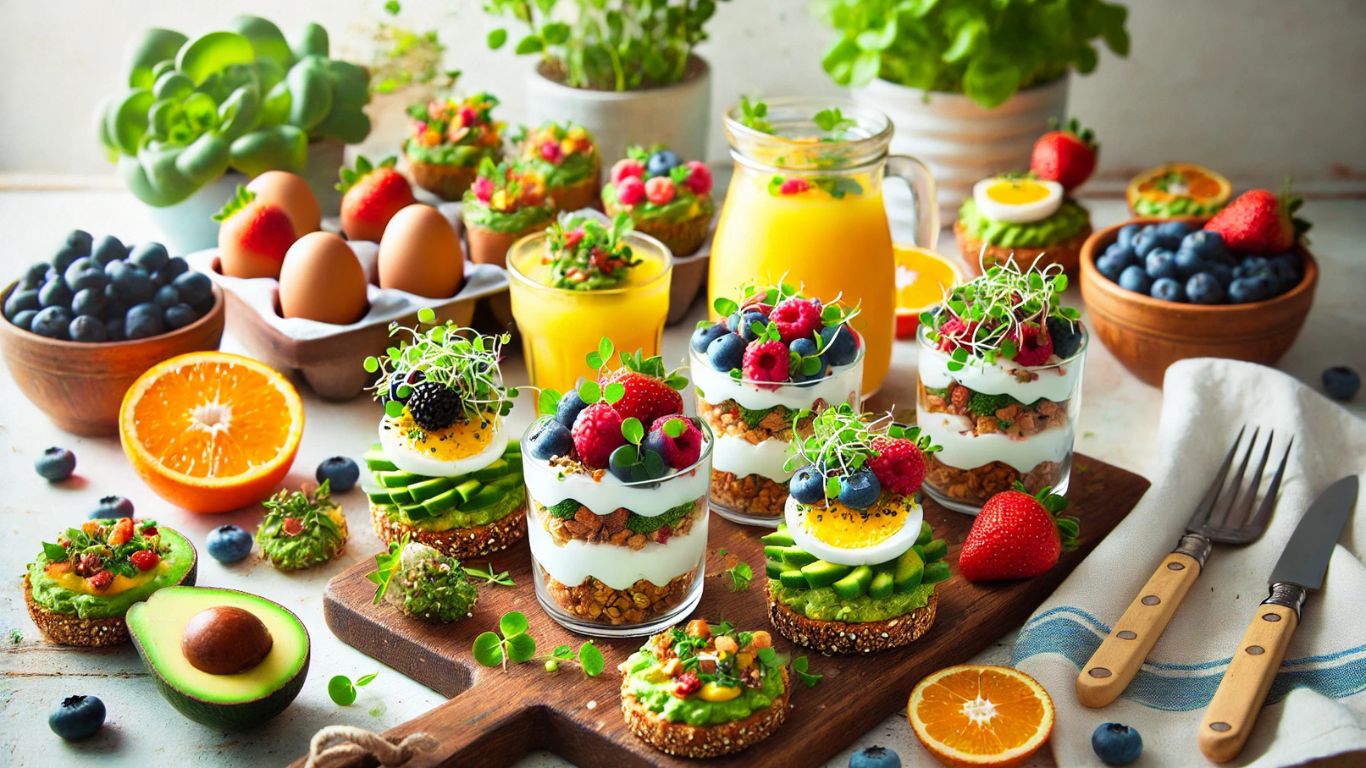Best Tea in India: Exploring Flavors, Heritage, and Excellence

Tea is more than just a beverage in India; it’s a way of life, a cultural icon, and a source of comfort and energy. Whether you’re sipping a steaming cup of spiced chai on a rainy day or enjoying a fragrant Darjeeling brew during a calm evening, the best tea in India never fails to create a memorable experience. Renowned globally for its quality and variety, Indian tea offers something for every palate.
From the misty hills of Assam to the lush plantations of Nilgiri, this article delves deep into the types, regions, and legacy of Indian tea. Let’s unravel the secrets behind the tea that has captured hearts worldwide.
Understanding the Legacy of Indian Tea
India is one of the largest producers and exporters of tea globally. Introduced during the British colonial period, tea cultivation quickly spread across the country, thriving in regions with unique climates. Today, tea is an integral part of daily life for millions. The best tea in India reflects centuries of tradition, blending ancient practices with modern innovation.
The Major Tea-Growing Regions of India
Assam: The Land of Bold Flavors
Assam tea is synonymous with robust, malty flavors and deep amber hues. Grown in the northeastern state of Assam, this tea thrives in tropical conditions, producing leaves known for their strength and body. Perfect for milk-based teas, Assam blends form the backbone of masala chai.
Darjeeling: Champagne of Teas
Known as the “champagne of teas,” Darjeeling tea comes from the Himalayan foothills. The region’s unique climate imparts a distinct muscatel flavor, light body, and floral aroma to its tea. Only tea cultivated in this region can bear the name “Darjeeling,” making it a highly sought-after specialty.
Nilgiri: The South Indian Treasure
Nilgiri tea, grown in the southern Western Ghats, boasts a brisk and fragrant character. Its smooth texture and balanced flavors make it a versatile choice, often used in iced teas. The high altitudes of Nilgiri ensure exceptional quality leaves that cater to diverse preferences.
Kangra Valley: A Hidden Gem
Though lesser known, Kangra Valley in Himachal Pradesh produces tea with subtle flavors and light golden hues. With a history dating back to the mid-19th century, Kangra tea offers a unique taste for those seeking something distinct.
Types of Tea in India
Black Tea: Rich and Classic
Black tea forms the foundation of most Indian blends. Assam and Darjeeling black teas are particularly famous for their depth of flavor and versatility.
Green Tea: Health in Every Sip
Green tea, celebrated for its health benefits, has gained popularity in recent years. Indian green teas are mild and refreshing, with less bitterness compared to their international counterparts.
White Tea: A Delicate Luxury
White tea, made from young leaves and buds, is a rare and exquisite offering. Primarily produced in Darjeeling, its delicate taste and subtle sweetness are truly unique.
Oolong Tea: The Perfect Balance
A middle ground between black and green tea, oolong is known for its complex flavors. Indian oolong tea is still a niche segment but has immense potential to delight tea enthusiasts.
Masala Chai: A Spicy Symphony
Masala chai is an Indian household staple, blending black tea with spices like cardamom, cinnamon, cloves, and ginger. Its rich, spicy flavor profile is deeply comforting, especially during winter.
Why Indian Tea Stands Out
India’s tea industry combines tradition and innovation. Stringent quality control ensures that only the best tea in India reaches your cup. The geographical diversity of the country enables an unmatched variety of flavors and aromas. Additionally, sustainability practices are increasingly prioritized, with eco-friendly cultivation methods gaining momentum.
How to Brew the Best Tea in India
Classic Indian Chai Recipe
- Boil water with cardamom, ginger, and cloves.
- Add black tea leaves and simmer for 2–3 minutes.
- Mix in milk and sugar, then strain into a cup.
Brewing Darjeeling Tea
- Use fresh, cold water and bring it to a gentle boil.
- Add a teaspoon of loose-leaf Darjeeling tea per cup.
- Steep for 3–5 minutes, then strain and serve without milk.
Preparing Green Tea
- Heat water to just below boiling point.
- Steep the green tea leaves for 2–3 minutes.
- Enjoy with a dash of honey or lemon for added flavor.
Tips for Buying the Best Tea in India
- Look for Certifications: Choose teas certified by organizations like the Tea Board of India for authenticity.
- Consider Freshness: Always check the production and packaging date. Freshly packed teas ensure maximum flavor.
- Prefer Loose Leaves: While tea bags are convenient, loose-leaf teas offer superior quality.
- Research Origins: Learn about the region and its characteristics to find a tea that matches your taste.
The Role of Tea in Indian Culture
Tea holds a special place in Indian culture. It acts as a unifying force, bridging gaps between generations, communities, and even strangers. A steaming cup of tea often marks the beginning of meaningful conversations, celebrations, and moments of solitude.
Best Tea Brands in India
Tata Tea
Known for its consistency and quality, Tata Tea offers a wide range of blends catering to every palate.
Brooke Bond
The iconic Red Label is a favorite across Indian households for its strong and full-bodied flavor.
Wagh Bakri
This brand excels in premium blends, offering bold flavors loved by tea enthusiasts.
Organic India
Focused on wellness, Organic India provides green and herbal teas that promote health and sustainability.
FAQs
What makes the best tea in India unique?
The geographical diversity, climate, and centuries-old expertise ensure Indian tea’s unmatched quality and variety.
Which tea is the healthiest in India?
Green tea is considered the healthiest due to its high antioxidant content and associated health benefits.
Where can I buy authentic Indian tea?
Authentic Indian tea can be purchased from specialty stores, online retailers, and directly from tea estates.
Is Indian tea sustainable?
Many Indian tea brands and estates now focus on sustainable practices, ensuring eco-friendly production.
What is the best way to store tea?
Store tea in an airtight container, away from heat, light, and moisture to maintain its freshness.
Can tea be paired with Indian snacks?
Yes! Samosas, pakoras, and biscuits are popular tea-time accompaniments across India.










